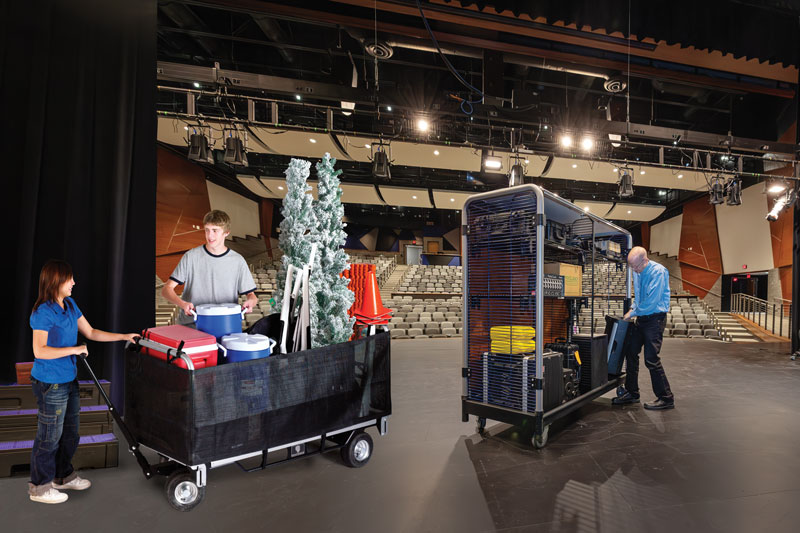
If you haven’t flipped through the spring 2015 issue of Protocol magazine yet, here’s a good reason to do so: Anna Glover, head of safety risk management at the National Theatre in London, England, makes some excellent points about the way we all approach backstage safety today—especially in comparison to ten years ago.
In her editorial, “The changing face of entertainment safety,” Glover points out that as recently as the early 2000s, safety seemed like “a bolt-on extra, to be considered after the fact.” Rather than training employees in safety operations when using the house rigging system or other theatre equipment, organizations often reacted to an accident by prohibiting an established way of doing things. Glover writes, “It felt like there were rules we had to follow, which sometimes felt at odds with the way we worked.”
So what has changed?
The attitude toward backstage safety has made a significant shift in the last ten years, thanks to the efforts of organizations on both sides of the Atlantic Ocean. Here in the United States, the Entertainment Services and Technology Association (ESTA) has led the effort to establish standards for safe operation of rigging and lighting systems. ESTA’s 2014 merger with PLASA has led to “a growing understanding on both sides of the water that if we do not set standards for ourselves, standards will be imposed upon us,” Glover notes.
The change in the industry gets at the fundamentals of human values, she adds. “Safety now means thinking about it first, alongside budget and time, and trying to design in safety, rather than bolt it on at the end.”
Accidents cost money, she points out, and they can also cost a company its reputation. “With the increase in the power of social media to spread news and rumor, they can also do damage to reputation much faster.”
What’s next?
Progress in making systems safer brings sophistication, Glover says. “Instead of blindly following the rules, we are looking into what makes individuals choose safety. Many organizations are seeking advice from behavioral safety specialists, to understand how to embed safety and make individuals feel ownership.”
Glover herself offers some insights about her own approach to making the National Theatre safer for employees. “I’m thinking about legacy,” she says. “Up-skilling workers to make them less dependent on my department. Ensuring we are no longer an afterthought, but are there at the beginning.”









